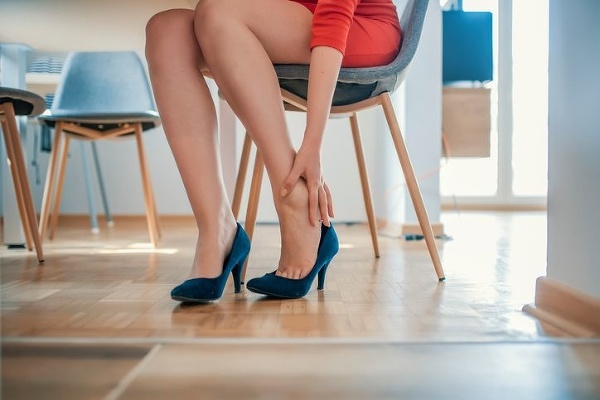Guide to Sclerotherapy – Safe and Effective Spider Vein Removal
Sclerotherapy is a safe and effective procedure used to treat spider veins and smaller varicose veins. It involves injecting a solution directly into the affected veins, causing them to collapse and eventually fade away. This non-surgical treatment is popular due to its minimal downtime and high success rate in improving the appearance of the legs. The procedure begins with a consultation where a qualified healthcare provider assesses the veins and discusses the treatment plan. Before starting, it is essential to inform the provider about any medications being taken and any medical conditions, as these may affect the procedure. Sclerotherapy is typically performed in an outpatient setting and does not require anesthesia, although a local anesthetic may be applied to minimize discomfort.

During the procedure, a very fine needle is used to inject the sclerosing solution directly into the targeted veins and read more here. The solution irritates the lining of the blood vessel, causing it to swell and stick together. Over time, the vessel turns into scar tissue that fades from view. Multiple injections may be needed depending on the number and size of the veins being treated. The entire session usually takes less than an hour to complete. After the injections, compression stockings or bandages are often worn to compress the treated veins. This helps to maintain pressure on the veins, reducing the risk of blood clot formation and promoting better absorption of the sclerosing solution. Patients are encouraged to walk immediately after the procedure to prevent the formation of blood clots and to promote circulation. Following sclerotherapy, patients are typically advised to avoid strenuous exercise and direct sunlight exposure for a few days. Bruising, swelling, and redness at the injection sites are common but usually subside within a few days to weeks. Serious side effects such as allergic reactions or inflammation of the treated vein are rare but should be reported to the healthcare provider immediately if they occur.
Most patients notice an improvement in the appearance of their veins within a few weeks to months after the procedure. However, multiple sessions may be necessary for optimal results, especially for larger or more numerous veins. The effectiveness of sclerotherapy can vary depending on individual factors such as the size and location of the veins, and underlying medical conditions. While sclerotherapy is generally considered safe, it may not be suitable for everyone. Pregnant women, individuals with certain medical conditions such as deep vein thrombosis, or those with a history of allergic reactions to sclerosing agents should avoid this treatment. Consulting with a qualified healthcare provider is essential to determine if sclerotherapy is the right option and to discuss alternative treatments if necessary. In conclusion, sclerotherapy is a widely used and effective treatment for spider veins and small varicose veins. It offers a minimally invasive way to improve the cosmetic appearance of the legs without the need for surgery. With proper consultation, preparation, and aftercare, patients can expect significant reduction in the appearance of spider veins and improved confidence in their legs’ appearance.
